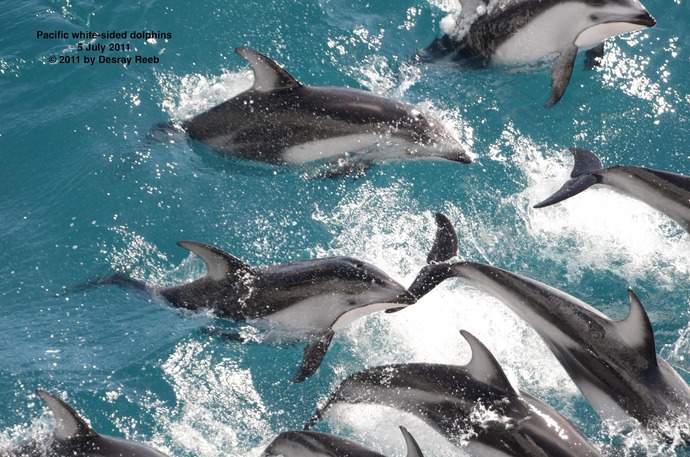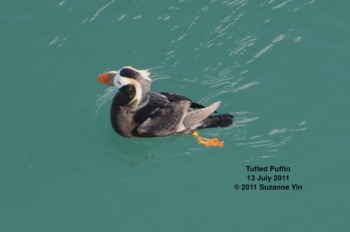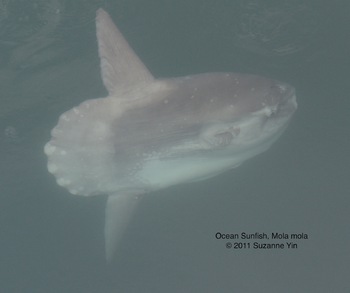- Visions18
- Visions17
- Visions16
- Visions15
- Visions14
-
Construction
- Node Installations Complete!
- Six on the Seafloor!
- New Segment 7
- Defining the SIA
- PN5A Successfully Deployed!
- PN 5A – Jointing Operations
- PN 5A Installation Continues
- On Site to Install PN5A
- Transit to Node 5A
- Port Call in Portland
- PN1D is Installed!
- Burial and Inspection Completed ...
- Humpbacks Visit
- Cable Burial Node PN1C
- Milestone: PN1C is Installed
- Photos of Final Inspection of P ...
- Another RSN Node is Born!
- Cable Burial Continues at Secon ...
- Second Node Installed!
- Splicing Node PN1B into Segment ...
- Recovering End of Segment 3
- Word for the Day: Persistence
- Major Milestone: First Node Ins ...
- Primary Node 1A Powered Up on D ...
- Recovering and Testing Cable Se ...
- OOI Primary Node Installation B ...
- Cable Installation Update
- Dolphins and Puffins and Molas, ...
- Day 51: Seabed Cable Lay Comple ...
- Dynamic Positioning
- Update on Cable Installation
- Completion of Segment 1 Burial
- Leaps and Bounds at the Shore S ...
- Segment 5 Installation Complete ...
- Laying Segment 5
- Bustling Shore Station
- At-Sea Installation Phases
- Installing the Land Cable
- TE SubCom Dependable Propulsion ...
- Divers at Work
- The Day After
- Second OOI Cable Landed
- Second Cable Landing Reschedule ...
- OOI Open House in Pacific City, ...
- The Cable has Landed!
- Last Grapnel Run Before Landing ...
- Preparing for the Cable Landing ...
- Seaplow 101
- Marine Mammal Observations
- Communicating with a Fishing Ve ...
- Cable Deployment Update
- Off Pacific City, Oregon
- Finished with First Segment
- Deploying Repeaters
- Start of First Cable Segment
- Leaving Astoria
- Meeting the Cable Ship in Astor ...
- Cable Laying Vessel Underway
- Photos of OOI Cable Loading
- Northern conduit installed
- Northern Conduit drilling compl ...
- Bubble test for the Southern Co ...
- Drilling of the Northern Condui ...
- Update on Drilling
July 2013
May 2013
December 2012
October 2012
August 2012
July 2012
April 2012
March 2012
January 2012
October 2011
September 2011
August 2011
July 2011
June 2011
March 2011
February 2011
October 2010
June 2010
May 2010
April 2010
- Visions13
- Visions12
- Visions11
- Enlighten
Related Images and Videos : View All
Suzanne Yin and Desray Reeb are serving as Marine Mammal Observers onboard the TE SubCom Dependable during installation of the OOI backbone cable. This is their second blog entry about the animals they have seen from the ship.
Our days both inshore and offshore have continued to present excellent opportunities to observe and record the animals of this marine environment.
Dolphins, Dolphins, Dolphins, and a Fin Whale
Since our last blog entry about a month ago, we have encountered two more large groups of Pacific white-sided dolphins (Lagenorhynchus obliquidens) mixed with northern right whale dolphins (Lissodelphis borealis). This time, we were privy to some spectacular breaching acrobatics by the northern right whale dolphins that were kind enough to do so when our cameras were focused on them. One fin whale (Balaenoptera physalus) came zipping by (approximately 600 m from the ship) and treated some of the crew to their first ever whale sighting. A small group of Risso’s dolphins (Grampus griseus) added a new cetacean species to our list in the early, overcast hours of Sunday morning (13th August). These square-headed, medium sized (4-6 m) dolphins are characteristically heavily scarred from intra-specific competition, and generally look like aging dolphins since they grow lighter grey in color as they get older. Although they were 1 nmi from the ship, two individuals leaped out the water and, using binoculars, a positive species identification was possible.
Orcas, Humpbacks, and Pinnipeds
On the evening of 16th August, we added yet another new cetacean species to our list: killer whales (Orcinus orca). Though the observational conditions were not optimal (very windy and rough seas, with heavy glare and haze), we spotted about 10 animals and photos were taken of several distant individuals. One adult male with a highly scarred dorsal fin was photographed. Images of this animal were sent to several research groups in the hope that they might be able to match this animal to one already in their catalog of identified animals. Humpback whales, including some mother-calf pairs, have passed by us, mostly a fair distance from the ship, but the 17th of August brought a full day of humpback whales. They surrounded the TE SubCom Dependable from first light until sunset. Overall there were probably somewhere in the range of 6-20 different whales around us throughout the day. These whales are probably exploring the food resources in the area. A handful of pinnipeds (California and Steller’s sea lions) have been occasional visitors, also performing with keen agility and curiosity around the ship. Fortuitously, there have been no situations in which any marine mammals have been negatively impacted by cable operations and no operational delays have been necessary.
Seabirds: Albatross, Fulmars, Shearwaters, Petrels, Gulls, Terns, and Puffins
By far though, for this second portion of the project, in between marine mammal sightings, the majority of our activity has been directed to the identification of the birds in our midst (with expert off-site advice from Michael Force, with thanks!). On some days, the Black-Footed Albatross and Northern Fulmars have numbered in the 1000s, forming long lines in the swash of the thrusters – picking up morsels that are stirred up, and ever hopeful that the Dependable will turn into an offal-supplying fishing vessel. On three occasions, the much whiter, less common to this area, and equally majestic, Laysan Albatross has joined the mix. Sooty, Pink-Footed and Manx Shearwaters add more variety to this motley crew, the latter being another rare visitor. In between all these larger seabirds, the energetic, fast-flapping Leach’s and Fork-Tailed Storm Petrels provided our eyes with good exercise as they flitted around and in between the busy ‘airways’, trying to avoid mid-air collisions with the larger birds that don’t seem partial to giving way. The Western and California Gulls seem to make their presence felt in constant numbers during most days, but with all due respect, it is the Sabine’s Gull that turns heads. It is never tiring to see this strikingly colored, black-faced and smaller, elegant gull. We’ve noticed a few hovering over and landing in between schools of albacore tuna, sometimes accompanied by Common Terns, which themselves, are another delightful species to behold. Not forgetting the Tufted Puffins that are bright and beautifully bizarre-looking, providing the comic relief to our seabird world.
Land Birds at Sea: Cowbirds and a Warbler
Strong winds or air currents seem to bring with them surprises in the shape of land birds that look very out of place at sea and are very far from home. Three Brown-Headed Cowbirds have been hiding out on the ship for a few days, while a tiny (4.5”) bright yellow, Wilson’s Warbler flew right into the wheelhouse and had to be coaxed back into the air. Hopefully this little guy, together with the 5 Leach’s Storm Petrels that we’ve rehabilitated (they become confused by ship lights at night and knock into ship walls) are flying high – and in the right direction!
Sunfish and Sharks
Flat, calm weather days provide the wonderful opportunity to observe other members of the marine environment, like Ocean sunfish (Mola mola). We recorded sunfish of all sizes coming to the surface, allowing us to gaze in wonder at their very unique, disk-shaped, laterally flattened, large-eyed, round-mouthed and floppy-finned forms – some reaching over 4000 lbs! Our sightings have been submitted to a global ocean sunfish sightings database. To date we have seen three different species of shark, two having been identified as blue and salmon sharks, respectively. The blue shark has, by far, been the most abundant shark seen, deep blue in color (except for its whiter head), with a long, thin body adorned with two-tone black and white dorsal and caudal fins, broad grey pectoral fins and large amounts of predatory grace – this truly is a spectacular shark.
As this cruise draws to an end, our eyes will continue to be trained on the water and the sky because each minute counts and you never know what might pop up or fly by.




